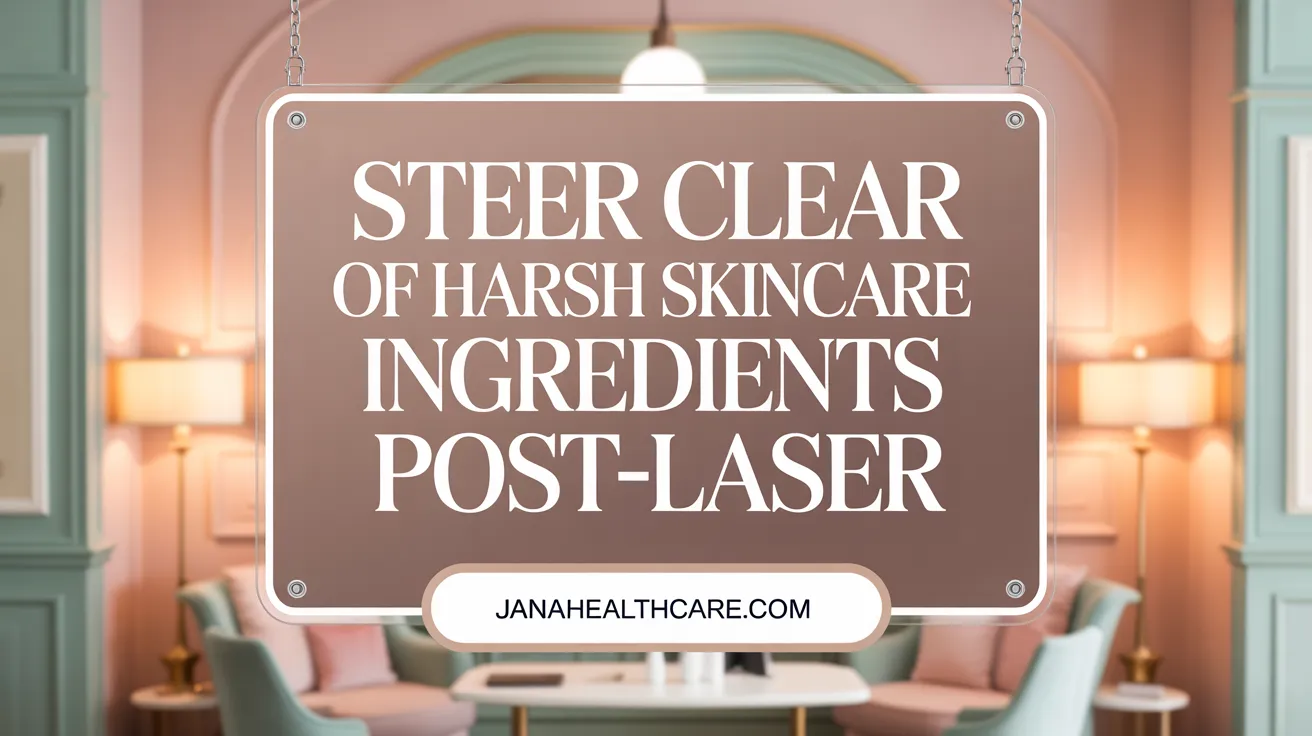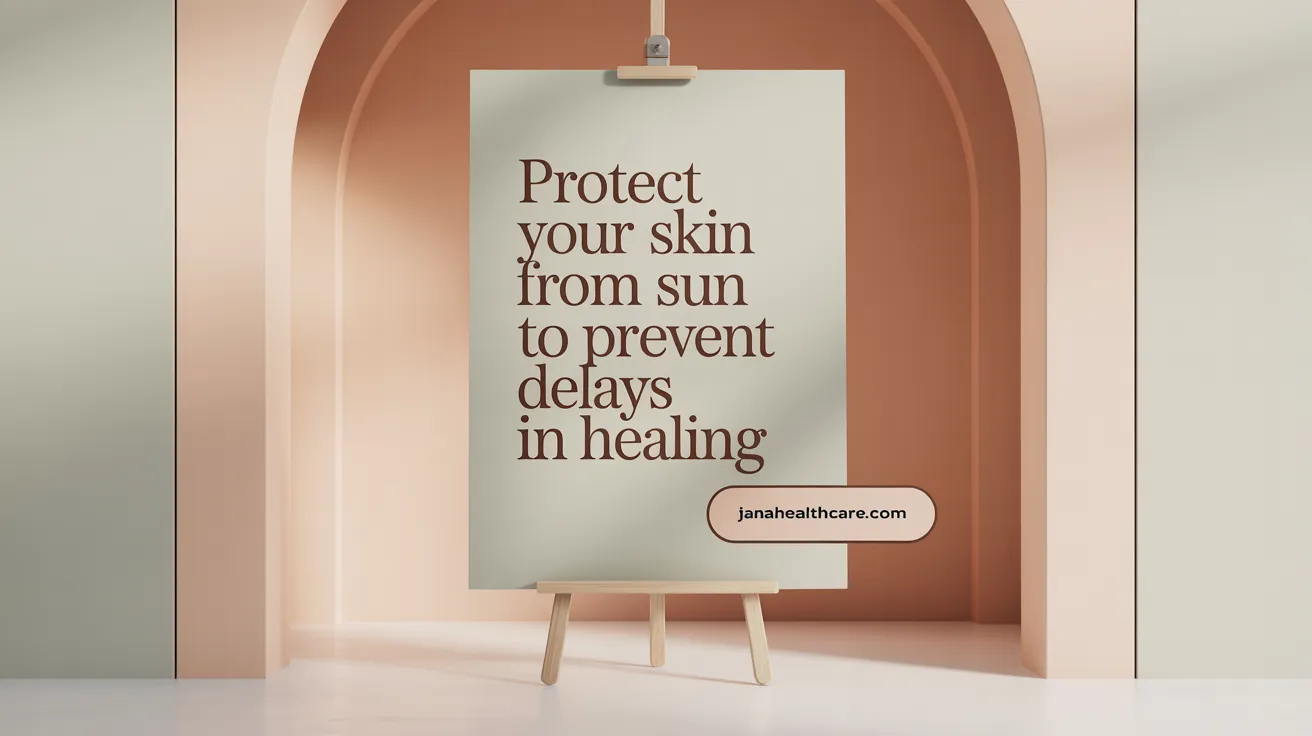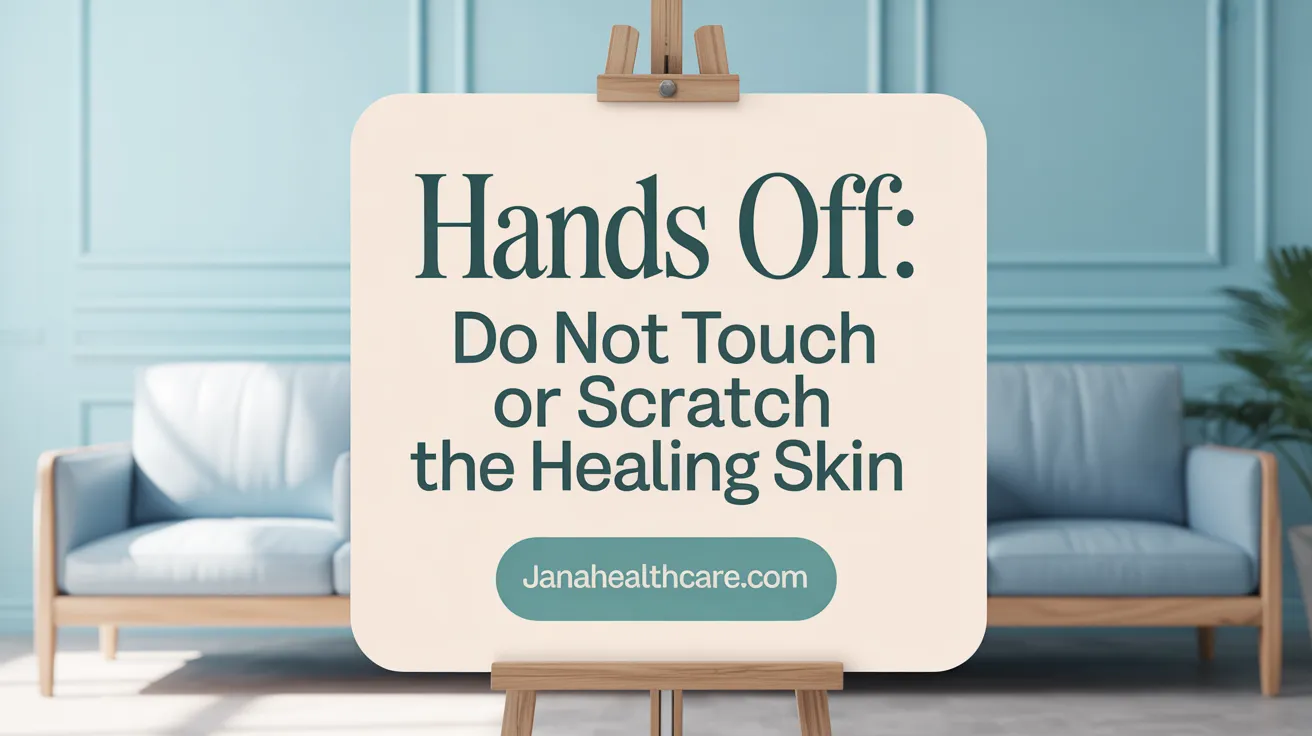Understanding the Critical Post-Laser Skincare Pitfalls
Laser skin resurfacing can rejuvenate skin, but the healing period demands meticulous care to avoid setbacks. Certain skincare practices can jeopardize recovery, increasing risks of irritation, infection, or scarring. To safeguard your skin and optimize healing, it is vital to understand what to avoid after treatment. This guide outlines essential post-laser skincare no-nos for a seamless recovery and optimal results.
Steer Clear of Makeup for the Crucial Initial Days
How long should makeup be avoided after laser treatment?
Makeup should be completely avoided during the first 48 hours following laser resurfacing. This initial break is essential to allow the skin to breathe and start healing without interference. For many patients, makeup use is generally discouraged for about 10 to 14 days, and sometimes up to 2 to 3 weeks, depending on individual healing progress and physician advice. For detailed guidance, see Makeup after laser resurfacing and Post-laser skin care.
Why is avoiding makeup important immediately after laser treatments?
Applying makeup too soon can clog pores and increase the risk of bacterial infection. The freshly treated skin is highly sensitive, and makeup ingredients can cause irritation or disrupt the healing process. Avoiding cosmetics reduces complications like inflammation, scarring, or delayed recovery. Learn more about makeup avoidance post-laser procedure and preventing infection after laser resurfacing.
When can gentle makeup be reintroduced?
Once the skin has begun to heal, usually after 10 to 14 days, gentle makeup can be reintroduced cautiously. It is recommended to choose non-comedogenic, mineral-based, and fragrance-free products that are lightweight and free from harsh ingredients like dyes or retinoids. Always follow a dermatologist's guidance for safe makeup use during the recovery phase to protect and support the skin's restoration. For makeup tips and suitable products, see Using Non-Comedogenic Makeup After Laser and Makeup Guidelines After Laser Resurfacing.
Avoid Harsh Skincare Ingredients That Aggravate Healing Skin

Which skincare ingredients should be avoided after laser resurfacing?
After laser resurfacing, it is crucial to avoid skincare products containing active ingredients such as retinoids, glycolic acid, alpha hydroxy acids (AHAs), beta hydroxy acids (BHAs), exfoliants, alcohol-based toners, and other harsh chemicals. These ingredients can irritate the already sensitive and healing skin, slowing down recovery. For detailed guidance, see Skincare products to avoid after laser treatment.
Why are exfoliants and alcohol-based products harmful after laser treatment?
Exfoliants and alcohol-based skincare products strip the skin of its natural moisture barrier. This removal of protective oils exacerbates inflammation and leads to increased redness, irritation, and sensitivity in the treated skin, which is highly vulnerable during the healing process. Learn more about avoiding retinol and glycolic acid post-laser and avoiding irritant skincare products.
When can such active ingredients be safely reintroduced?
Typically, it is recommended to avoid these active and harsh ingredients for at least 7 to 14 days after laser treatment. The exact timing depends on individual healing progress and should be guided by a dermatologist's advice to prevent irritation and support proper skin recovery. For more information, please refer to when to reintroduce active ingredients and post-laser skin care tips.
Sun Exposure: The Invisible Threat to Healing Skin

Why is sun protection critical after laser resurfacing?
After laser resurfacing, the skin becomes especially sensitive and vulnerable to ultraviolet (UV) rays. Without adequate protection, UV exposure can cause hyperpigmentation, irritation, and delay skin healing. Such damage often compromises the results of the procedure, making diligent sun protection after laser resurfacing a must.
What are the risks of sun exposure during the recovery period?
Unprotected exposure to sunlight can increase skin redness and inflammation. It may also trigger pigment changes known as post-inflammatory hyperpigmentation, where dark spots form on the healing skin. In severe cases, this can lead to scarring and prolong recovery time. Avoiding sun exposure during recovery is crucial to prevent these complications (post-laser skin care tips).
What sun protection measures should be taken?
To safeguard recovering skin, apply a broad-spectrum sunscreen with SPF 30 or higher every day. Mineral-based sunscreens containing zinc oxide or titanium dioxide are preferred for their gentle, effective protection. Beyond sunscreen, wearing wide-brimmed hats, clothing with UPF ratings, and physical barriers like umbrellas outdoors also help shield skin. Importantly, UV rays can reach skin indoors through windows, so sun protection—even inside—is advised during the healing period (sun protection after laser treatment).
By vigilantly protecting skin from UV rays following laser resurfacing, patients can support proper healing, minimize complications, and maintain optimal treatment outcomes (post-laser skin care).
Hands Off: Avoid Touching, Picking, or Scratching the Treated Area

Why should you avoid touching the treated skin after laser?
Touching the healing skin after laser resurfacing can introduce bacteria, increasing the risk of infections. It can also cause irritation, which delays the recovery process and may lead to more complications. The skin is highly sensitive and vulnerable in this period, so minimizing contact is critical for proper healing. For more detailed information, see Avoid Touching Skin After Laser and Post-laser skin care tips.
What happens if blisters or crusts are picked or scratched?
Blisters, peeling skin, or crusts that form after laser treatment are part of the natural healing process. Picking or scratching at these areas can cause scarring and hyperpigmentation, leaving permanent marks. Additionally, it can open the skin to infections that may complicate recovery and damage the skin. Learn more about Managing blisters and peeling skin post-treatment and Preventing scarring after laser treatment.
How to minimize the urge to touch or scratch?
Maintaining good hydration of the treated area by regularly applying gentle, non-irritating moisturizers or barrier creams helps soothe itching and discomfort. A careful skincare routine recommended by your dermatologist and using products that protect and repair the skin barrier can reduce the impulse to touch or pick at the treated skin. For guidance on soothing skin and skincare after laser, see Using barrier cream for skin healing and Hydrating skin post-laser treatment.
Taking these precautions supports optimal healing, prevents infection, and preserves the results of laser resurfacing. Additional tips can be found in Skin care after laser resurfacing and Post-laser skin care tips.
Avoid Strenuous Activities and Heat that Can Compromise Healing

Why avoid strenuous exercise and sweating after laser treatments?
Strenuous exercise elevates blood circulation and causes sweating, which can irritate the sensitive treated skin. This irritation may increase inflammation and slow down the healing process. For detailed guidance on avoiding strenuous activities after laser resurfacing and managing post-laser skin care, see these resources.
What heat exposures should be avoided?
Heat sources such as hot showers, baths, saunas, and steam rooms raise the skin temperature and open pores. After laser treatment, these effects can worsen redness, discomfort, and delay recovery. Experts recommend avoiding heat exposure for at least the first 48 hours post-treatment. For more information, refer to post-laser skin care tips and heat avoidance after laser treatment.
How long should activity restrictions be maintained?
It is advised to refrain from strenuous physical activities and heat exposure for a minimum of 48 hours following laser procedures. In some cases, depending on how extensive the treatment was and individual healing responses, these restrictions may extend to about one week to support optimal skin recovery. See laser skin resurfacing recovery tips and post-laser treatment care guidelines for comprehensive recommendations.
Maintaining these precautions helps minimize complications like irritation, redness, and delayed healing, ensuring better treatment outcomes and healthier skin restoration. For additional expert advice, visit post-laser treatment skincare tips and skin healing after laser treatment.
Postpone Additional Facial Treatments Until Full Recovery
Why should additional facial treatments be delayed after laser resurfacing?
After laser resurfacing, the skin is in a sensitive and vulnerable state. The procedure causes controlled injury to promote healing and collagen production, but this also means the skin barrier is temporarily compromised. Introducing other facial treatments such as chemical peels or regular facials too soon can overwhelm the skin. This layering of treatments may elevate the likelihood of irritation, inflammation, and hinder the natural healing process. For more details, see Postpone facial treatments after laser resurfacing and Delaying additional facial treatments after laser.
What are the risks of combining treatments too early?
Engaging in additional procedures shortly after laser resurfacing can exacerbate side effects. These risks include heightened redness, extended swelling, increased pain, and even scarring. Moreover, such premature treatments can negatively impact the overall success of the laser resurfacing by interfering with the skin’s ability to repair and renew effectively. For comprehensive information, refer to Avoiding scarring after cosmetic laser treatment and Managing side effects of laser resurfacing.
When is it safe to schedule other facial treatments?
Generally, dermatology experts advise waiting a minimum of 2 to 4 weeks post-laser resurfacing before considering further facial procedures. This timeframe allows the skin to complete its initial healing phases and reduces potential complications. Since individual healing varies based on skin type, laser treatment depth, and personal health, it is important to consult with a dermatologist for a personalized recommendation on timing follow-up treatments. Detailed guidance is available at Post-laser treatment skincare tips and Consult Dermatology Specialist for Laser Recovery.
Adhering to this guidance supports optimal skin recovery and enhances the long-term benefits of laser resurfacing.
Ensuring Flawless Healing by Avoiding These Skincare Mistakes
Optimal healing after laser skin treatments hinges on vigilant avoidance of activities and products that irritate or injure fragile skin. Refraining from makeup initially, steering clear of harsh skincare ingredients, protecting from sun exposure, not touching or picking the skin, avoiding strenuous activities and heat, and postponing additional treatments are key no-nos during recovery. By following these guidelines and personalized advice from dermatology professionals, patients can nurture refined, rejuvenated skin and minimize complications. Discipline, patience, and care during this delicate phase unlock the enduring benefits of laser resurfacing.
